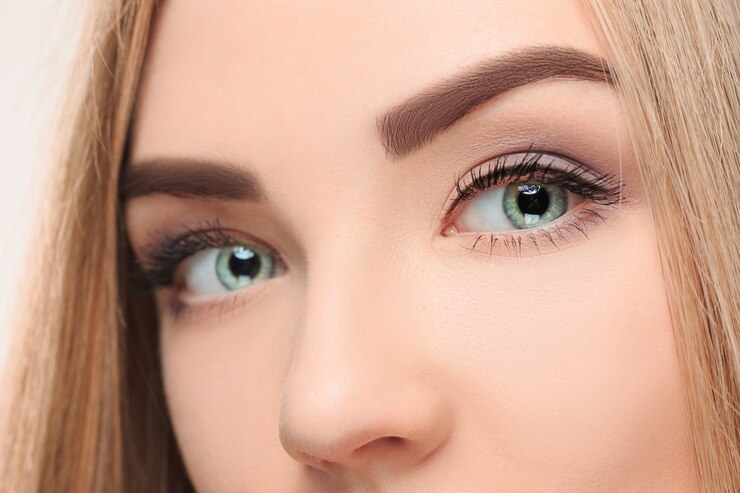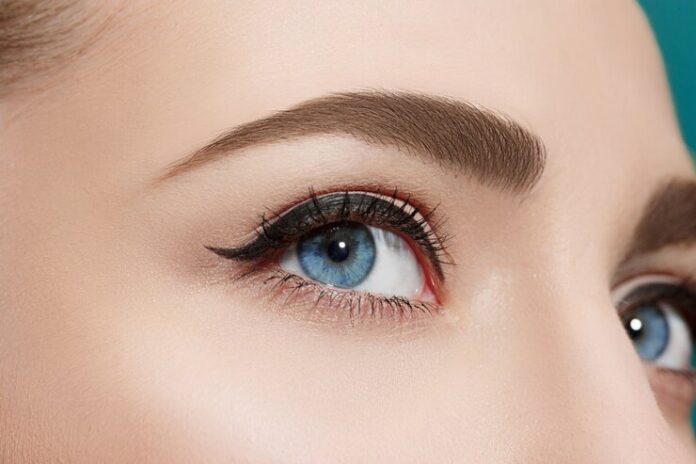Introduction
In today’s digital age, our eyes bear the brunt of constant exposure to screens. Whether it’s smartphones, laptops, or tablets, our daily lives are intertwined with digital devices. This shift has brought convenience but also raised concerns about eye health. Blue light, emitted from these screens, poses potential risks that can’t be ignored. Our goal is to help you understand the impact of blue light on your eyes and provide practical tips to protect your vision. By the end of this post, you’ll have actionable strategies to safeguard your eyes and maintain long-term eye health.
Understanding Blue Light
What is Blue Light?
Blue light is a high-energy visible light with short wavelengths, ranging from 400 to 495 nanometers. Unlike other types of light, blue light penetrates deep into the eye, reaching the retina. It’s naturally present in sunlight but is also emitted by digital screens, LED lights, and fluorescent lighting. While blue light plays a role in regulating our sleep-wake cycle, excessive exposure, especially from digital devices, can be harmful.
Sources of Blue Light
We encounter blue light from various sources, most prominently:
- Sunlight: The most significant natural source.
- Digital Screens: Smartphones, computers, and tablets are notorious for emitting blue light.
- LED and Fluorescent Lighting: Common in modern lighting solutions, contributing to indoor exposure.
Effects on Eye Health
Prolonged exposure to blue light can lead to digital eye strain, characterized by symptoms like dry eyes, headaches, and blurred vision. More concerning is the potential link between blue light exposure and retinal damage, which may increase the risk of age-related macular degeneration (AMD). Understanding these effects underscores the importance of protecting our eyes.
How to Protect Your Eyes
Adjust Screen Settings
One of the easiest ways to reduce blue light exposure is by adjusting your screen settings:
- Use Blue Light Filters: Most devices have built-in blue light filters or “night mode” settings that reduce blue light emission.
- Adjust Brightness: Keep your screen brightness moderate, avoiding overly bright or dim settings.
- Increase Text Size: Larger text reduces the need for straining.
Follow the 20-20-20 Rule
To alleviate digital eye strain, adopt the 20-20-20 rule:
- Every 20 Minutes: Take a break from your screen.
- Look at Something 20 Feet Away: This helps relax the eye muscles.
- For 20 Seconds: Allow your eyes a brief respite.
Wear Protective Eyewear
Consider investing in blue light-blocking glasses. These glasses filter out harmful blue light, making prolonged screen time more comfortable. They are available in prescription and non-prescription forms, catering to various needs.
The Role of Diet
Importance of Nutrition
A balanced diet plays a crucial role in maintaining eye health. Certain nutrients are particularly beneficial:
- Vitamin A: Supports retina health and prevents night blindness.
- Vitamin C: An antioxidant that combats free radicals and supports connective tissue.
- Vitamin E: Protects eye cells from damage caused by free radicals.
Foods Rich in Eye-Healthy Nutrients
Incorporate these foods into your diet to support eye health:

- Carrots and Sweet Potatoes: Rich in beta-carotene, a precursor of vitamin A.
- Citrus Fruits and Berries: High in vitamin C.
- Nuts and Seeds: Excellent sources of vitamin E.
Hydration Matters
Staying hydrated is often overlooked but essential for eye health. Proper hydration helps maintain moisture levels in the eyes, reducing dryness and irritation.
Eye Care for Different Age Groups
Children
Children’s eyes are more sensitive to blue light. To protect their vision:
- Limit Screen Time: Encourage breaks and outdoor activities.
- Use Blue Light Filters: Ensure their devices have blue light filters enabled.
- Regular Eye Exams: Schedule annual eye check-ups to monitor eye health.
Adults
For working adults, managing screen time is crucial:
- Ergonomic Workstation: Set up a comfortable workspace with proper lighting.
- Frequent Breaks: Incorporate breaks into your daily routine.
- Protective Eyewear: Use blue light-blocking glasses during extended screen time.
Seniors
Seniors are at higher risk for age-related eye conditions:
- Monitor Screen Time: Balance screen use with other activities.
- Eye Supplements: Consider supplements containing lutein and zeaxanthin.
- Regular Check-Ups: Ensure frequent visits to an eye specialist.
Bonus Section
Additional Resources
For those keen to explore further, here are some resources:
- Books: “Blue Light Exposed” by Dr. John Doe provides an in-depth look at blue light and its impacts.
- Websites: Visit Blue Light Awareness for more information.
- Apps: Download apps like “f.lux” to automatically adjust your screen’s blue light levels based on the time of day.
Tools for Protection
Consider these tools to further protect your eyes:
- Screen Protectors: Physical filters that attach to screens and reduce blue light.
- Desktop Software: Programs like Iris that manage screen settings for optimum eye comfort.
- Mobile Apps: Use apps like “Twilight” to manage blue light on your smartphone.
Conclusion
Protecting your eyes in a digital world is more important than ever. By understanding blue light and implementing practical steps—adjusting screen settings, following the 20-20-20 rule, wearing protective eyewear, and maintaining a balanced diet—you can significantly reduce the risk of digital eye strain and long-term damage. Tailored advice for different age groups ensures everyone can take proactive measures.
